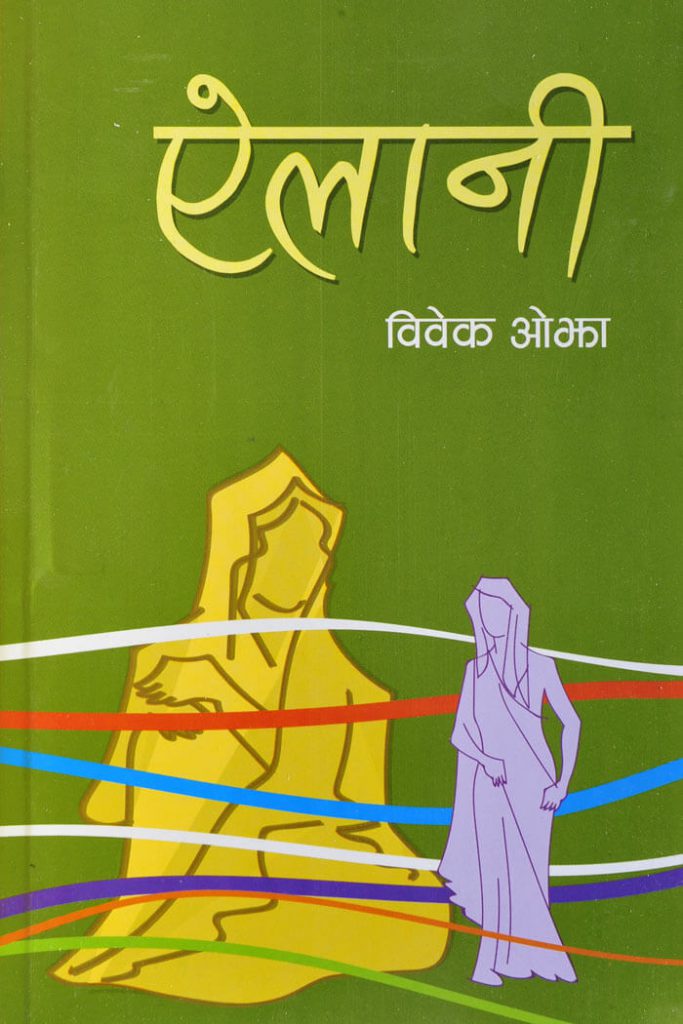Ailani
Ailani
ऐलानी ‘Ailani’ delves into the struggles of the Badi community, marginalized and forced into prostitution due to societal exploitation and neglect by the state. It explores how, despite generational shifts, the community remains trapped in cycles of compulsion. The novel highlights the persistence of injustice, even as it takes on new forms over time.

About the Book
Ailani is a poignant and powerful literary work that shines a light on the struggles and marginalization of the Badi community, one of the most neglected groups in Nepal. The novel takes a bold approach to highlight social issues, particularly the caste system, gender inequality, and the exploitation of marginalized women. Known for its vivid realism and deeply humanistic themes, Ailani has become a significant piece of Nepali literature. One of the strongest features of the novel is its ability to evoke empathy. It provides a voice to the voiceless, portraying the challenges faced by Badi women with authenticity and emotional depth. The narrative is engaging, showcasing the harsh realities of life within the Badi community, yet without reducing the characters to mere victims. Instead, they are depicted as individuals with dreams, desires, and an unyielding will to survive, which adds richness to the overall narrative. In terms of writing style, the prose is both poetic and raw, seamlessly blending beauty with the brutal realities faced by the Badi community. The attention to detail—from the social structures that trap the characters to the inner lives of the women—enhances the storytelling. The command of language allows for the conveying of profound truths about society and power dynamics while keeping readers emotionally invested. A notable feature of Ailani is its socio-political relevance. The novel doesn’t merely present a story; it uses the narrative to explore larger societal issues. It critiques the caste system, the lack of social mobility for marginalized communities, and the systematic oppression of women. These themes make the book a reflection of contemporary struggles for equality and justice, not just in Nepal but in other parts of the world as well. The novel also stands out for its exploration of the psychological and emotional consequences of long-standing social oppression. It delves into the mindsets of marginalized individuals, shaped by generations of discrimination and exploitation, which gives the novel a psychological depth. The characters are not static; they struggle with their roles in society, and through them, the novel raises questions about identity, agency, and resistance. The novel’s greatest strength lies in its ability to bring attention to the marginalized and challenge readers to confront uncomfortable truths about societal norms and traditions. The writing is both a critique and a call for change, urging readers to reflect on the injustices imposed on marginalized communities. It is a powerful reminder of the importance of giving a voice to the oppressed and creating spaces for their stories to be heard. In conclusion, Ailani is a deeply affecting and socially relevant novel that offers a sharp critique of the caste and gender inequalities that persist in society. The storytelling is both compelling and thought-provoking, making Ailani an essential read for those interested in literature that addresses social justice, human rights, and the fight for equality. The novel’s emotional resonance and socio-political insights ensure its lasting impact as a significant contribution to Nepali literature.